Launch Games
Top 10 Most Effective Launch Games of All Time!
A lot has been said about the importance of a first impression, and it all applies to video games as well. When a company releases a console, it is essential for them to deliver games that validate the purchase of a new system. A great launch game should highlight the strengths and features of the console and help define the platform itself. So keep in mind that this isn’t necessarily a list of the best launch games as much as it is a list of the games that were most effective in defining the consoles they appeared on. The industry has attempted to push the concept of “launch windows” to make up for the lack of games available when a new system hits the store shelves. This list only recognizes actual launch games that were available from day one.
10
Star Wars Rogue Squadron II: Rogue Leader
Nintendo GameCube
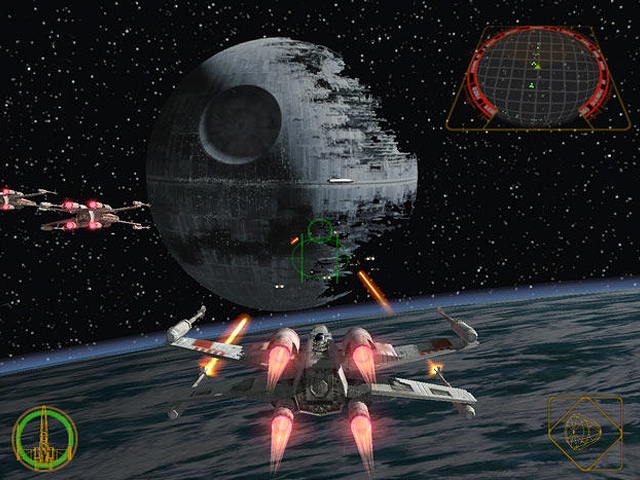
With Mario and Zelda missing in action at the GameCube’s launch, the doors were wide open for a third-party to provide the console with its first killer app. Before the GameCube was released, Nintendo promised to deliver a console that was significantly more powerful than the PlayStation 2. This promise was supported by the console’s specs, but Rogue Leader proved beyond a shadow of a doubt that Nintendo wasn’t playing around. Rogue Leader pushed the GameCube harder than almost any other game on the system, and it made extensive use of bump mapping and several other advanced multi-texturing effects. Rogue Leader and its 2003 sequel not only rank among the best looking GameCube games, but they also blow the majority of Wii games out of the water. If more companies put as much effort into their games as Factor 5 did with Rogue Leader, the GameCube may have very well had a different fate.
9
F-ZERO
Super Nintendo Entertainment System
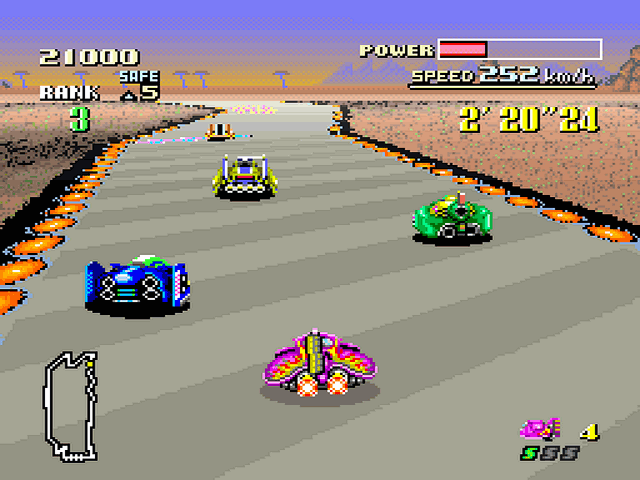
F-ZERO was an intense, futuristic racing game that acted as a showcase for the Super Nintendo’s “Mode 7” graphics. Mode 7 graphics essentially allowed developers to scale and rotate flat 2D textures and could be used to simulate a 3D environment without requiring the hardware to have dedicated 3D support. In an era before polygonal games were practical, Mode 7 graphics were considered to be an innovative technological achievement. In addition to showcasing some of the console’s special visual effects, F-ZERO acted as an effective showcase for the console’s controller. F-ZERO was the first game on the SNES (or any other console, for that matter) that made effective use of shoulder buttons. The game clearly wouldn’t have been possible on the NES. The TurboGrafx-16 and Sega Genesis had already been available for two years, but neither system had delivered the same type of experience that F-ZERO offered. It was something new and different.
8
Donkey Kong
ColecoVision
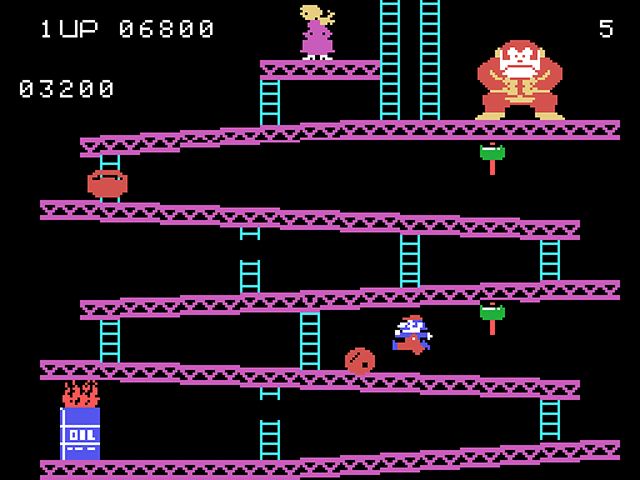
Donkey Kong marked the debut of the most prolific video game character of all time and was one of the most important games ever created. In an era where most games had the simple objective of scoring the most points, Donkey Kong actually had some semblance of a storyline and gave the gamers a tangible goal. Believe it or not, a game built around the concept of a hero rescuing a damsel in distress was quite novel back in 1981. It wasn’t just the game’s narrative and characters that were revolutionary, but the game mechanics as well. Every game with a jump button owes something to Donkey Kong. Coleco couldn’t have asked for a better launch game, and they were aggressive in securing exclusive licensing rights. The game was guaranteed to sell millions, but Coleco decided to bundle the game with their console and instantly put themselves on the map in the process. The ColecoVision version wasn’t a perfect port – cut scenes were removed, animations were missing, level designs were modified slightly, and one stage was dropped entirely – but it was still the best way to play Donkey Kong at home. Since Coleco had secured the exclusive rights to the game, they also released vastly inferior versions for the Atari 2600 and Intellivision. These ports were notoriously bad and many have surmised that Coleco released them for the sole purpose of making the ColecoVision version look better by comparison.
7
Super Mario World
Super Nintendo Entertainment System
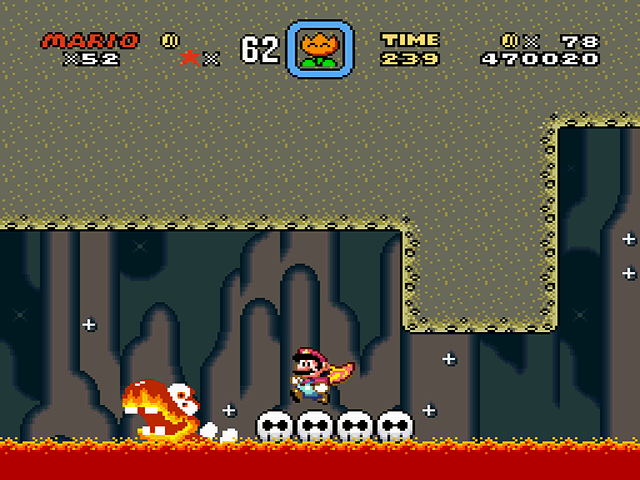
While many of the games on this list helped advance the industry as a whole, Super Mario World was basically just more of the same. This is not a bad thing, however, as Super Mario Bros. was arguably the most successful series of games ever at that point in time from both a critical and commercial perspective. Super Mario World essentially took what was great about the Super Mario Bros. series and added better graphics, longer levels, and more dinosaurs to ride on. Anyone who was familiar with video games could instantly jump into Super Mario World, and it was accessible enough to appeal to new gamers as well. Nintendo didn’t exactly re-invent the wheel with Super Mario World, but it was the perfect pack-in and the first killer app for the console. It was also one of the best games ever released on the system and still stands as one of the finest platformers of all time.
6
SoulCalibur
Sega Dreamcast
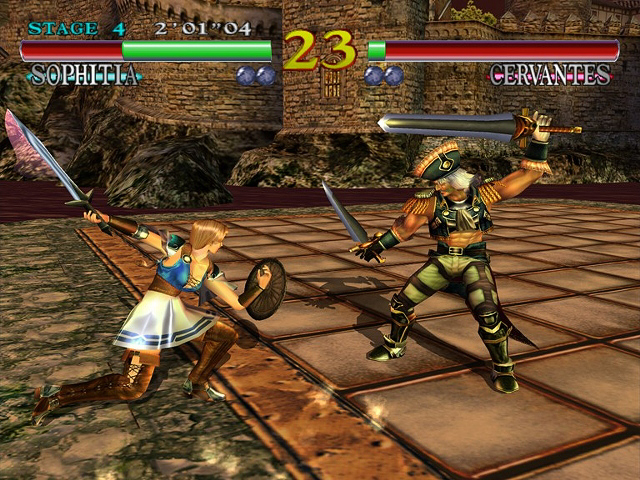
SoulCalibur was one of the smoothest 3D fighting games of its day, and its revolutionary “eight-way run” made many of its competitors feel downright archaic in comparison. The game also happened to be the best looking game in existence when it was released. The Sega Saturn launched with a version of Virtua Fighter that was vastly inferior to the arcade original and misrepresented what the console was capable of. Needless to say, SoulCalibur for the Dreamcast would not follow a similar path. In fact, SoulCalibur actually looked significantly better on the Dreamcast than it did in arcades! For the home version, Namco added facial expressions, muscle animations, and remodeled the characters and backgrounds to increase polygon counts. They also tweaked the gameplay, introduced several new modes, added new costumes, and included an extra character. SoulCalibur stands as one of the best-looking games on the Dreamcast, and it did a great job of showcasing how powerful the system could be in the right hands. It looks better than the vast majority of first-generation PlayStation 2 games! 15 years after its release, the game still holds up remarkably well.
5
The Legend of Zelda: Breath of the Wild
Nintendo Switch
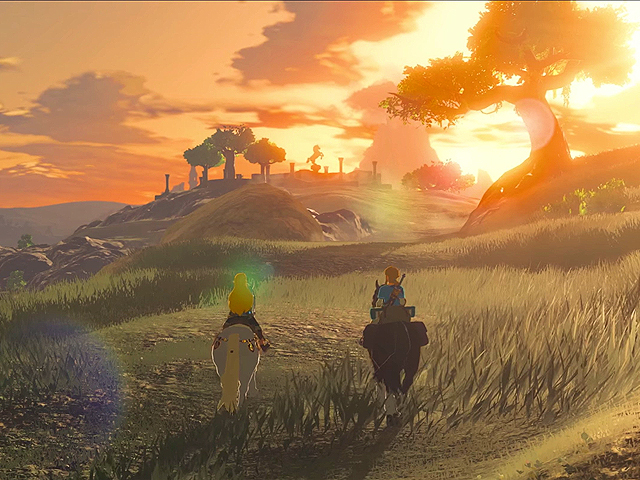
Breath of the Wild might seem like an unusual choice for this list. After all, it was conceived as a Wii U game and isn’t necessarily the best showcase of what the Switch is capable of. (The game doesn’t even make use of the Switch’s new “HD rumble” feature or any of the system’s multiplayer configurations.) That said, it’s arguably the best game on this list and it puts a huge spotlight on the Switch’s most important feature. The Switch obviously lacks the power of the Xbox One or PlayStation 4, but Breath of the Wild feels like a quantum leap over anything that was available on the 3DS or Vita. Simply put, I’ve never been so taken aback by a game on a handheld system. Despite being the biggest and most ambitious Zelda game to date, Breath of the Wild can be broken up into easily-digestible pieces. In place of lengthy dungeons that defined earlier games in the series, Breath of the Wild features over 100 mini-shrines that can typically be finished in a matter of minutes. In place of a linear narrative structure, Breath of the Wild lets players explore the world as they see fit. You can sit and play the game for hours on end if you so desire, but it’s also a game that you can visit for a few minutes at a time. The Switch was designed as both a console and a handheld, and Breath of the Wild is a great fit for either style.
4
Halo: Combat Evolved
Microsoft Xbox

The home console market is not an easy market to break into, and things were particularly volatile in 2001. Sony had established themselves as the market leader and Nintendo had nearly two decades of experience under their belt. At the same time, the industry was crowded with the tombstones of console manufactures like Atari, and Sega was in the process of making their last stand in the hardware game. Microsoft had a sizable war chest to draw from, but other electronics giants like Panasonic, Phillips, and Apple had been unsuccessful in their attempts to break into the video game business in the past. Microsoft did their homework, however, and fully understood what type of games their potential customers would be interested in. Halo was a groundbreaking first-person shooter that appealed to many of the same gamers that made GoldenEye such a monumental success. It appealed to “hardcore” sensibilities and effectively showcased the system’s horsepower. The decision by Microsoft to acquired Bungie Studios was a brilliant move, as it gave the Xbox its first “must buy” exclusive. Perhaps more so than any other game on this list, Halo defined the entire userbase of a console. It played an important role in the success of the Xbox, and gave Microsoft instant credibility in the console wars.
3
Tetris
Nintendo Game Boy
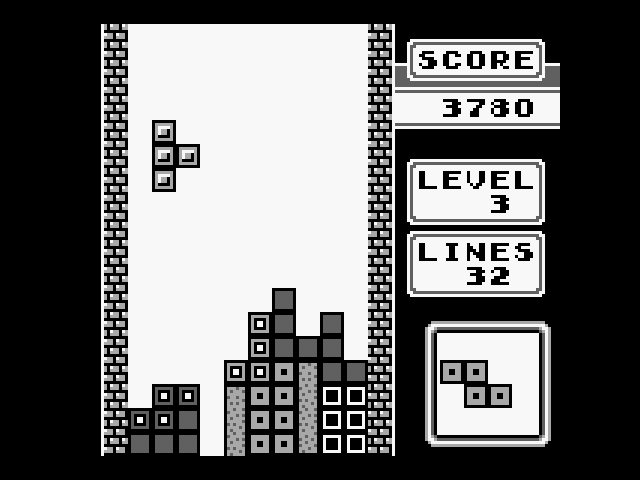
From a technological standpoint, the Game Boy was outdated before it hit the store shelves. From the Atari Lynx to the Sega Game Gear, nearly every one of its competitors was significantly more powerful. There were many limitations associated with Game Boy games, but none of them really applied to Tetris. For instance, the Game Boy’s tiny screen wasn’t a big issue, the lack of color didn’t hamper gameplay, and motion blur wasn’t really a factor given that the gameplay all took place on a single screen. It’s as though the Game Boy’s technical specifications were engineered with a game like Tetris in mind. Tetris was also an important launch game because it was so appealing to such a wide variety of consumers. Young or old, male or female; everyone could pick up and play the game. The wide appeal of Tetris allowed Nintendo to market the Game Boy to brand new audiences instead of only relying on those who had already taken up video games as a hobby. Tetris didn’t just launch the Game Boy, either; it also helped propel portable gaming as a whole. You could play Tetris for hours on end, but you could also pick it up for five or ten minutes. This made it a perfect game to play on bus rides or during coffee breaks. Nintendo has dominated the dedicated portable gaming market for decades, and it all started with Tetris.
2
Wii Sports
Nintendo Wii
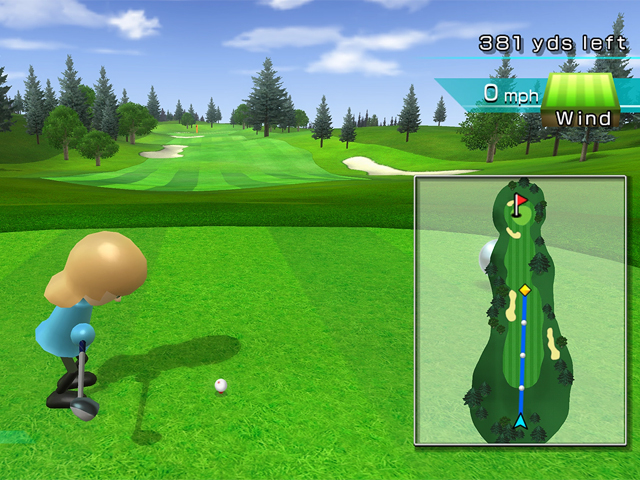
Some members of the gaming press panned Wii Sports for being a glorified tech demo, and melodramatic fanboys viewed it as a harbinger of death for the entire industry. Clearly, these people simply didn’t “get it.” Wii Sports is, in many ways, the perfect launch game. It’s easy to pick up and understand, it does an excellent job of showcasing how intuitive the Wii’s motion controls can be, the multiplayer aspects make it a great party game, the Mii-integration allows users to add their own personal touch to the game, and the simplistic visuals pretty much guarantee that the focus will remain on the gameplay instead of the graphics. And, since the game includes five separate sports, it effectively shows how the Wii remote can be used in a wide variety of ways. Simply put, the game does a great job of playing to the strengths of the Wii. The game was a key component in Nintendo’s “blue ocean” strategy, as it gave millions of people a reason to finally get into video games. It’s doubtful that the Wii would have been as successful had it not been for Wii Sports. It was a brilliant move on Nintendo’s part to package the game in with the Wii, as it was a game that could be enjoyed by nearly everybody. There are more copies of Wii Sports out there than any other console game in history.
1
Super Mario 64
Nintendo 64
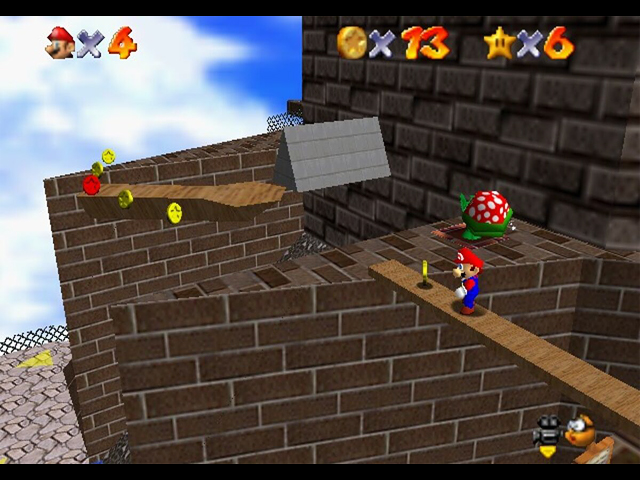
The Saturn and PlayStation had been out for over a year before the Nintendo 64 was released, and 3D games had existed for over a decade. Still, it wasn’t until players got their hands on Super Mario 64 that the true 3D renaissance began. One of the biggest reasons for this was because of the groundbreaking Nintendo 64 controller and the unique analog thumbstick that it housed. Being able to control Mario’s speed and move him in any direction was extremely liberating, and the plethora of new moves like long jumps and wall kicks all felt completely natural. When you look back at the tank-like controls of Resident Evil or the tile-based gameplay of Tomb Raider, it’s blatantly obvious that Super Mario 64 was head and shoulders above its contemporaries in 1996. Many scoffed at the Nintendo 64 before its release, but playing Super Mario 64 for the first time in 1996 was like looking into the future. Analog controls became the industry standard almost over night and, like Super Mario Bros. before it, Super Mario 64 opened the floodgates for an endless barrage of copycat games. The Nintendo 64 didn’t exactly have an over-abundance of games available in its launch period, but Super Mario 64 was reason enough to buy the console all on its own.

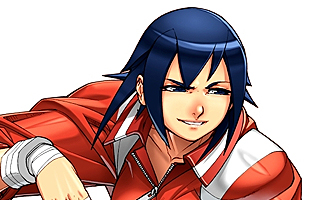
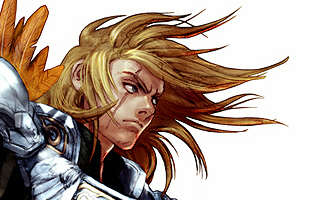
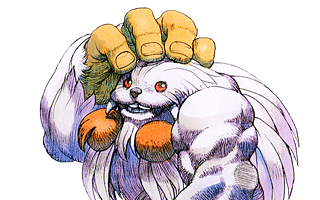
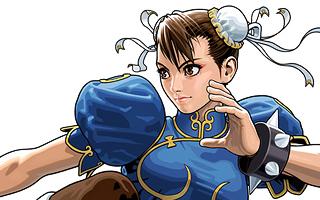
Do you agree with this list? Let us know what you think by leaving a comment below. Your opinion matters!